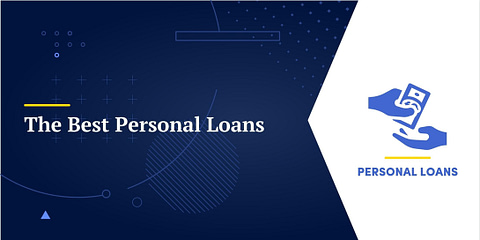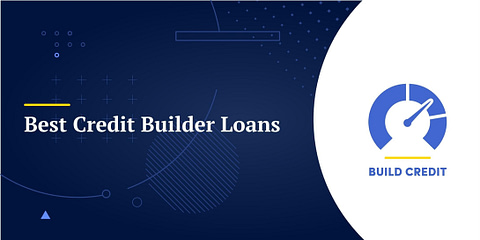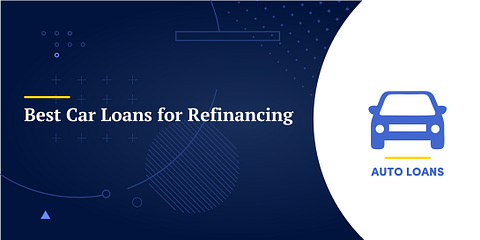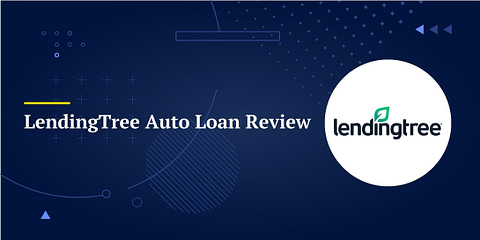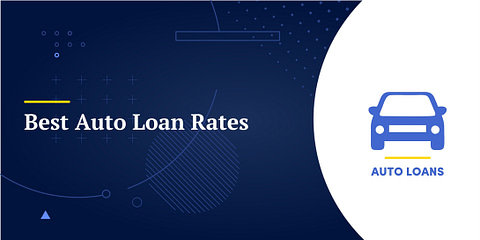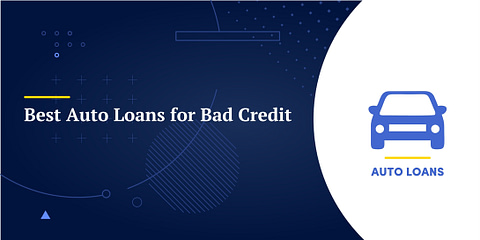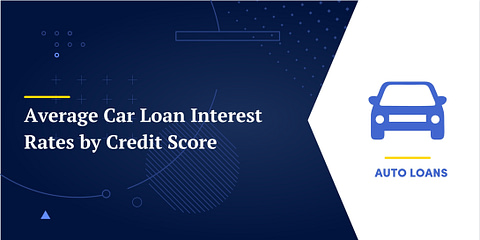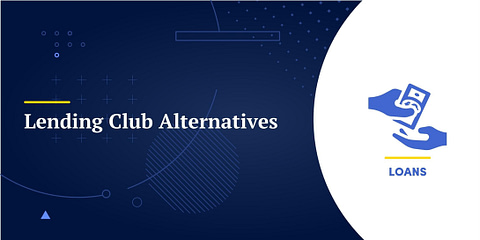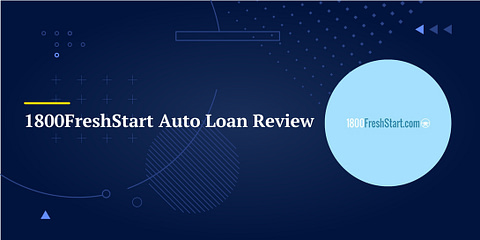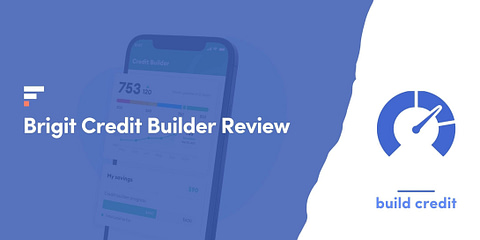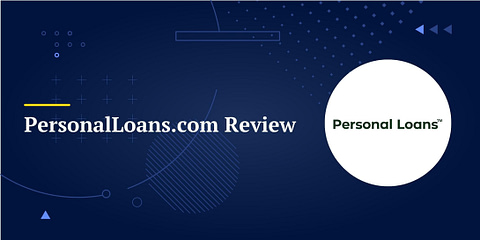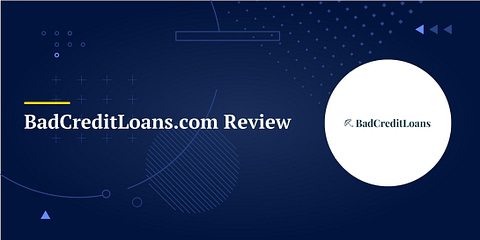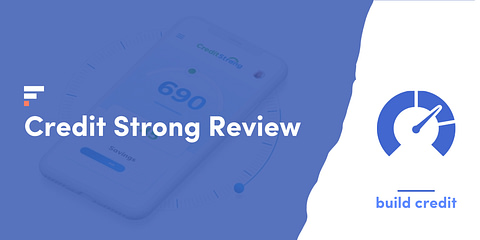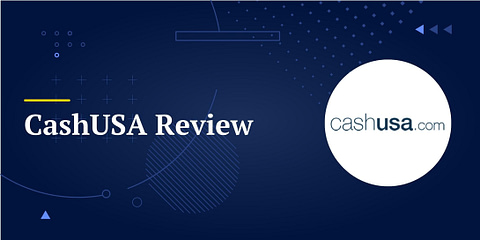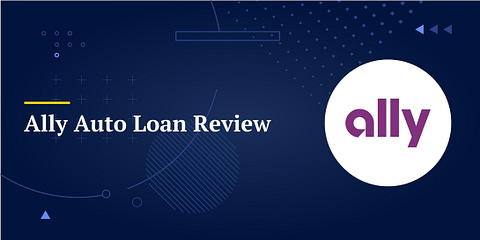Sometimes we need to borrow money. Even with thorough preparation and a solid emergency fund, life can easily throw a curveball that requires more than we have ready. Personal loans and 401(k) loans are both useful options, but which is best?
As with so many financial questions, the answer is “It depends.” Choosing the best option for you can make a real difference, so it’s worth looking closely at the choice.
Let’s start by reviewing our two contenders.
Personal Loans
The personal loan is the Swiss Army Knife in the borrower’s tool kit. It’s not tied to any particular expense and can generally be used for almost any legal purpose. These are some common uses for personal loans.
- Debt consolidation
- Home or car repairs
- Paying tax debts
- Moving
- Weddings, vacations, and other major expenses
A personal loan is a straightforward transaction. Many online lenders and physical banks offer these loans. You can usually prequalify with a soft credit check that will not affect your credit.
The lender will check your credit and verify your income and debt-to-income ratio before making you an offer.
Your interest rate will depend on your creditworthiness.
As of May 2023, the average personal loan interest rate is 10.97%. Borrowers with weak credit may pay up to 30% or even higher, while borrowers with excellent credit may get rates as low as 6%.
Personal loans usually have terms of three to five years. A shorter loan term means higher monthly payments but less interest expense.
401(k) Loans
A 401(k) is an employer-sponsored tax-advantaged retirement account. These accounts are typically placed in diversified investment portfolios and held until retirement. The rules governing 401(k) plans are set by the IRS.
The IRS allows you to borrow up to $50,000 or 50% of your vested balance (whichever is less) from your 401(k) plan. If your vested balance is $40,000, you could borrow up to $20,000. If your vested balance is over $100,000, your loan is still capped at $50,000.
“Vested” refers to funds that you own. Your contributions are vested from the start. Employer contributions may only be vested after you’ve been with the employer for a fixed amount of time.
Loans are not considered distributions and are not subject to taxes and early distribution penalties. If you fail to pay the loan back, it will be considered a distribution and will be subject to taxes and penalties. Most 401(k) loans must be paid within five years.
Not all 401(k) plans allow loans. You will have to confirm availability with your plan manager or your employer’s HR department. Payments on the loan will be deducted from your paycheck.
When you take out a 401(k) loan, you are borrowing from yourself. There is no credit check or minimum credit score. Approval is usually quick. You will pay interest, but the rate is typically low, and you will pay the interest into your retirement account.
401(k) Loan Risks
There are significant risks to a 401(k) loan.
- The money you borrow will not generate any investment gains until it is paid back.
- If you fail to pay the loan back, the amount will be taxed as income, and you will face a 10% early distribution penalty. You will also deplete your retirement savings.
- If you leave your job with a 401(k) loan outstanding, you will need to pay it in full by the last tax filing date of the year when you left your job.
You will need to consider these issues carefully before choosing a 401(k) loan.
401(k) Loan vs. Personal Loan: Which Is Better?
Both of these loan types have advantages and disadvantages. Your choice will depend on your specific situation and needs.
Take these steps to determine which loan is best for you.
1. Know What You Need
Before you set out to borrow, you need to be clear on the purpose of the loan, what you want to accomplish, and how much you will need to achieve that goal.
You may also have specific requirements. For example, if you plan to use a loan to consolidate credit card debt, you will need a loan at an interest rate significantly lower than the rates on your existing debts to make it worthwhile.
It’s important to know what you need and how badly you need it. There are times when it makes good sense to borrow, but if you plan to use a loan to fund a vacation or wedding, we’d suggest thinking twice. You’ll be paying that loan long after the experience is over.
2. Check Your Eligibility
Almost anyone is eligible for a personal loan, though you’ll need decent credit to get the best interest rates. Eligibility for a 401(k) loan is something you’ll have to establish. Ask these questions.
- Do you have a 401(k)? You won’t be able to get a 401(k) loan if you don’t have a 401(k). IRA loans are not permitted.
- Does your 401(k) plan offer loans? Ask your employer or plan administrator.
- Do you have enough in your 401(k)? Loans are limited to 50% of your vested balance or $50,000, whichever is smaller.
If you answered “yes” to all three questions, you’re eligible for a 401(k) loan. You’ll still have to decide whether a 401(k) loan is a better choice than a personal loan.
Consider these factors.
3. Check Your Credit
Your credit score has an immediate impact on your choice between a personal loan and a 401(k) loan.
If you have very good or excellent credit, you will be offered low interest rates on personal loans. You’ll also have many options for loan providers, which means you can choose the loan that best suits you. In this case, a personal loan is probably a better choice than a 401(k) loan.
If your credit is in bad shape, a personal loan will carry a very high interest rate, and you’ll have a limited selection of lenders. If you really need a loan, a 401(k) loan will probably be a cheaper option if you are sure that you can pay the loan back.
☝️ Remember that your credit score is designed to rate your ability to pay. If your credit score is very low, there’s a good chance that you will not be able to pay another loan.
4. Consider Your Job Stability
If you take out a 401(k) loan and leave your job before it’s paid back, you will have to pay the loan in full before the tax filing deadline for the year in which you lose your job.
If you can’t, the amount you borrowed will be considered an early distribution. It will be taxed as income, and you may face a 10% penalty.
This can be a considerable burden, especially if the loan is large. If you are not sure whether you’ll remain with your current employer, a personal loan could be a better choice.
5. Consider a Hardship Distribution
The IRS allows withdrawals from a 401(k) without penalty if you are facing “an immediate and heavy need.” The withdrawal is limited to the amount required to meet the need.
The following situations are considered “immediate and heavy needs.”
- Medical expenses.
- Costs related to the purchase of a primary residence (but not mortgage payments)
- Tuition or other postsecondary education costs for you, your spouse, your children, or other dependents.
- Payments are needed to prevent eviction or foreclosure on a primary residence.
- Funeral expenses for the employee, spouse, dependents, or beneficiaries.
- Some repair costs for a primary residence.
Other expenses may be eligible. Your employer will be responsible for determining whether the need meets the standard.
Hardship distributions are taxed unless you have a Roth 401(k). There will be no penalty assessment.
If you qualify for a hardship distribution, you may not need to take a loan at all. The rules on hardship distributions are detailed (it’s the IRS), so you should read them carefully and discuss your eligibility with your employer.
6. Consider The State of Investment Markets
The biggest cost of a 401(k) loan is the investment gains you forego by not having that money in your 401(k) plan. If markets are flat or falling, you won’t be foregoing gains, and you may even be avoiding losses.
On the other hand, you want to avoid using a 401(k) loan during a bull market when asset values are rising because the foregone gains are greater.
Nobody knows for sure where markets will go in the future, but it’s worth considering their current state before pulling money from your 401(k).
7. Assess Your Financial Situation Realistically
Many people are looking to borrow money because their financial position is bad. If you’re desperate and your credit is shot, a 401(k) loan might seem like your only option.
If you’re in deep debt trouble, borrowing your way out of it is rarely a viable auction. You also have to consider one of the key attributes of 401(k) savings: they are protected in any bankruptcy proceeding.
If you feel like a loan from your 401(k) might be the only way to prevent bankruptcy, you might be better off leaving that money protected.
Filing for bankruptcy isn’t the end of the world. You can wipe out your unsecured debts, and you can start over with your retirement savings intact.
Making Your Choice
If you’ve considered all of the points above, you should be in a good position to choose the loan that best suits your needs and situation. If you’re still not sure, it’s a good idea to consult a professional financial advisor for an impartial opinion.
A 401(k) loan can look like a quick, easy, low-cost way to solve a financial problem. They still involve tapping your retirement savings, and you always want to think closely before doing that!
Both of these loans can be useful, and there are times when each is the best choice. Your job is to select the one that’s right for you at any given time. Understanding and considering the pros and cons of each is the best place to start!




